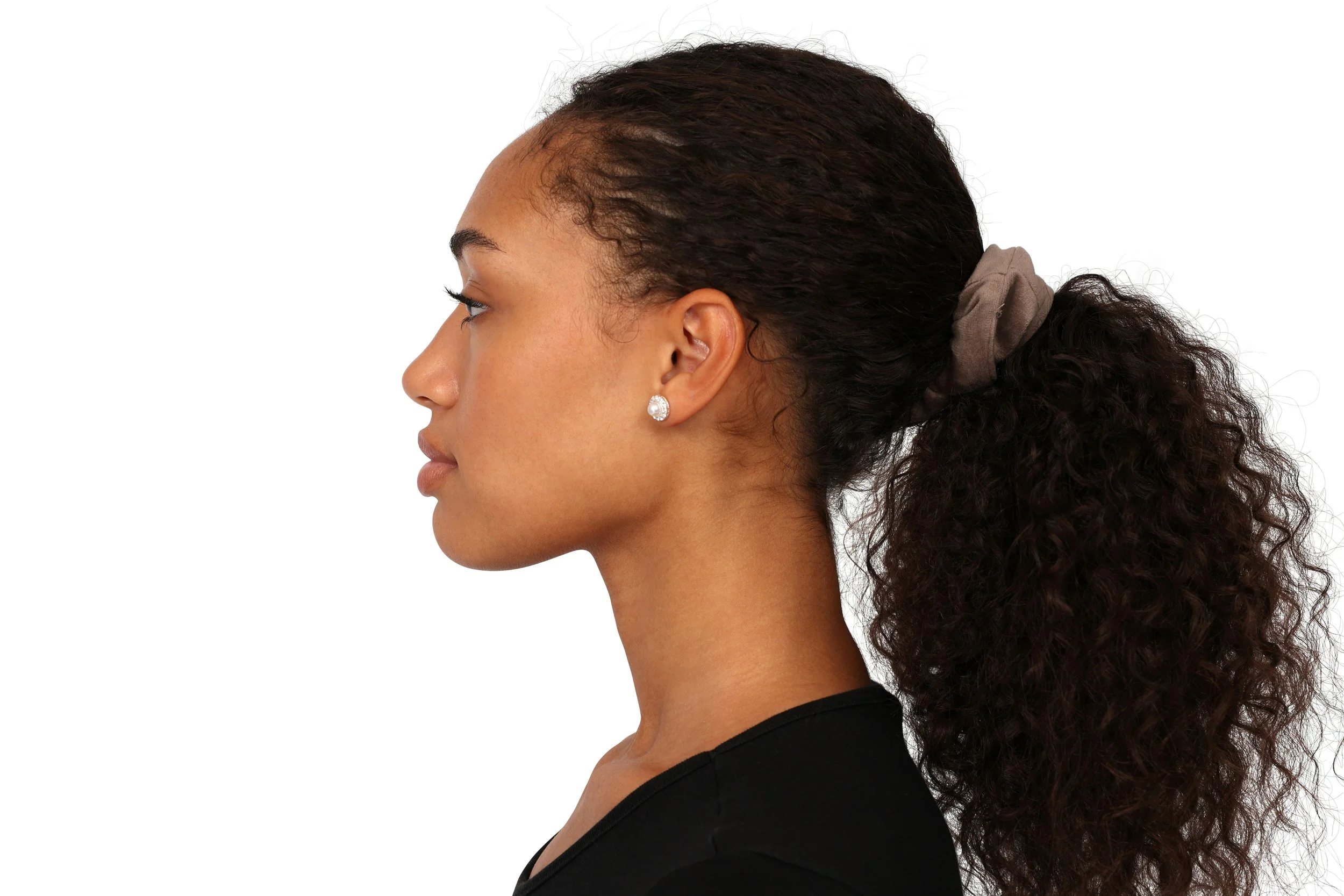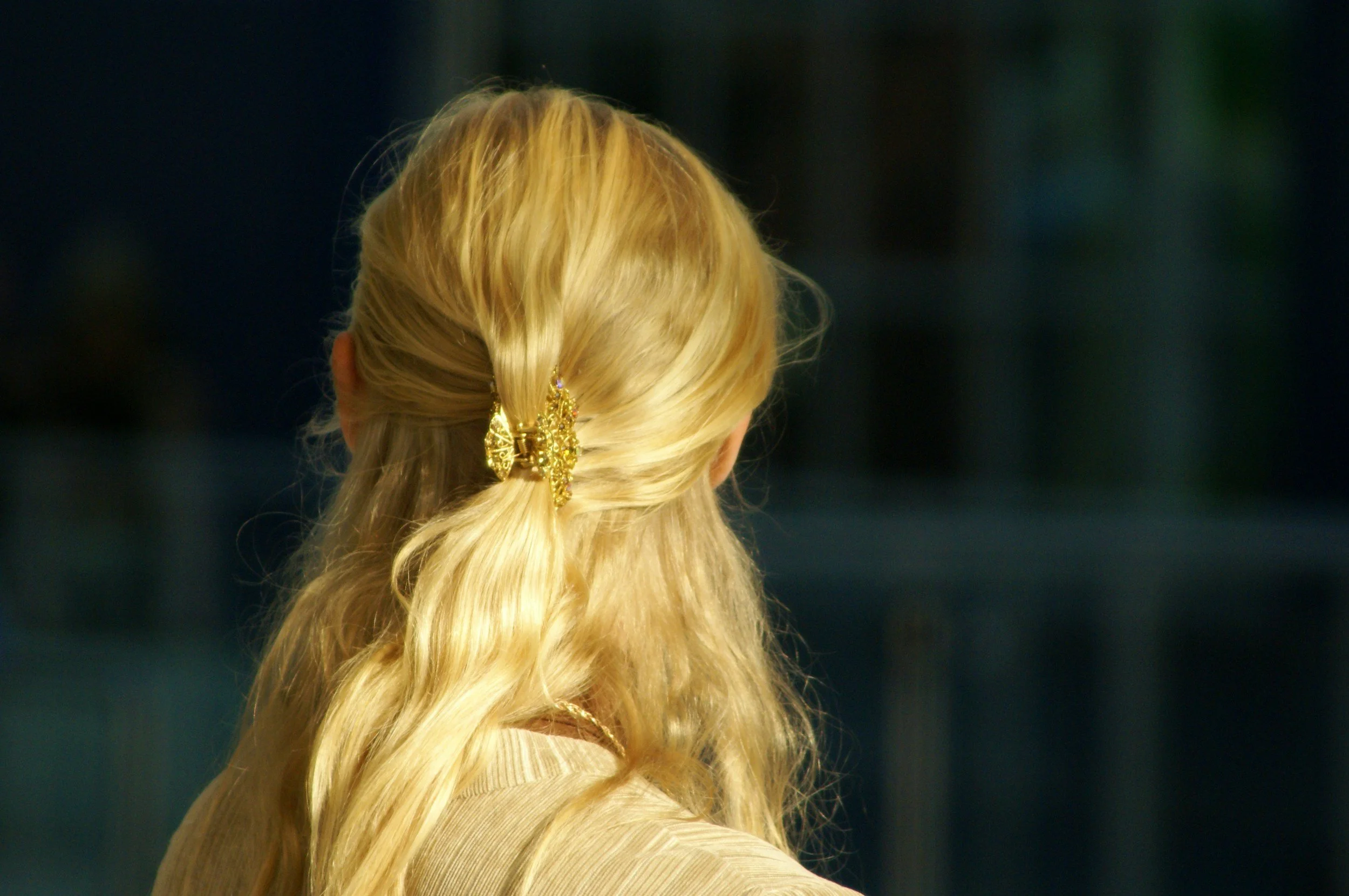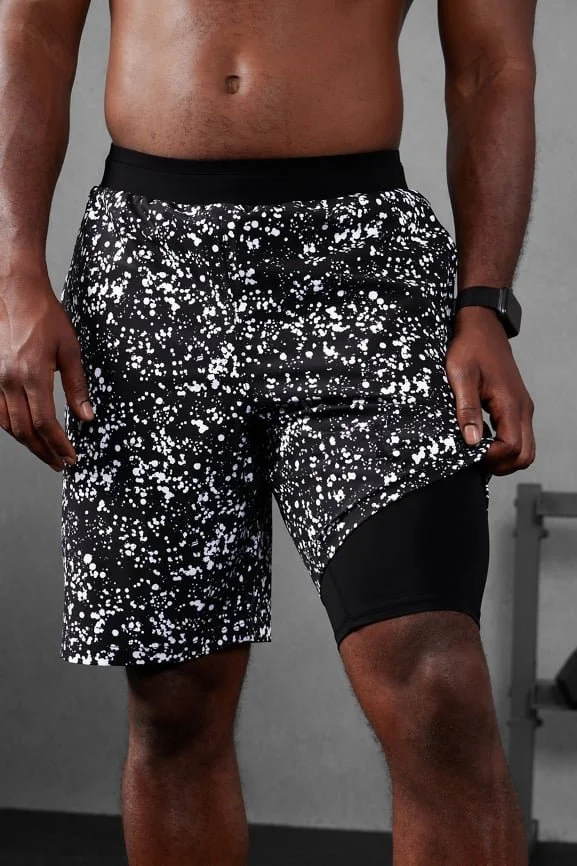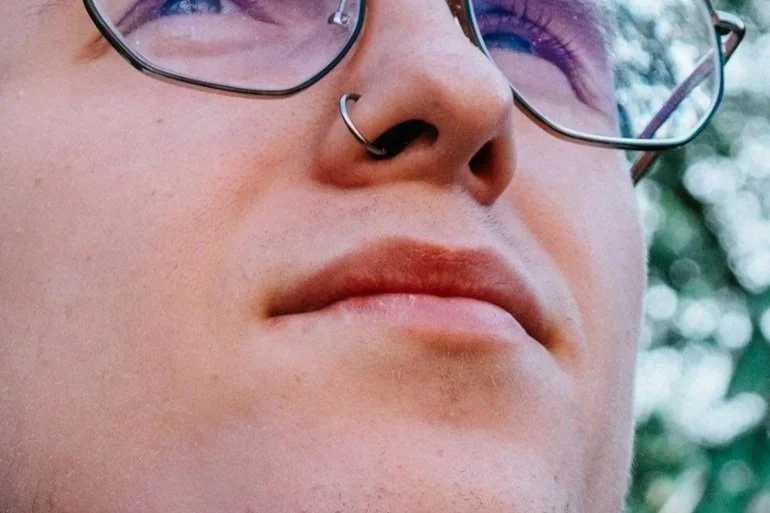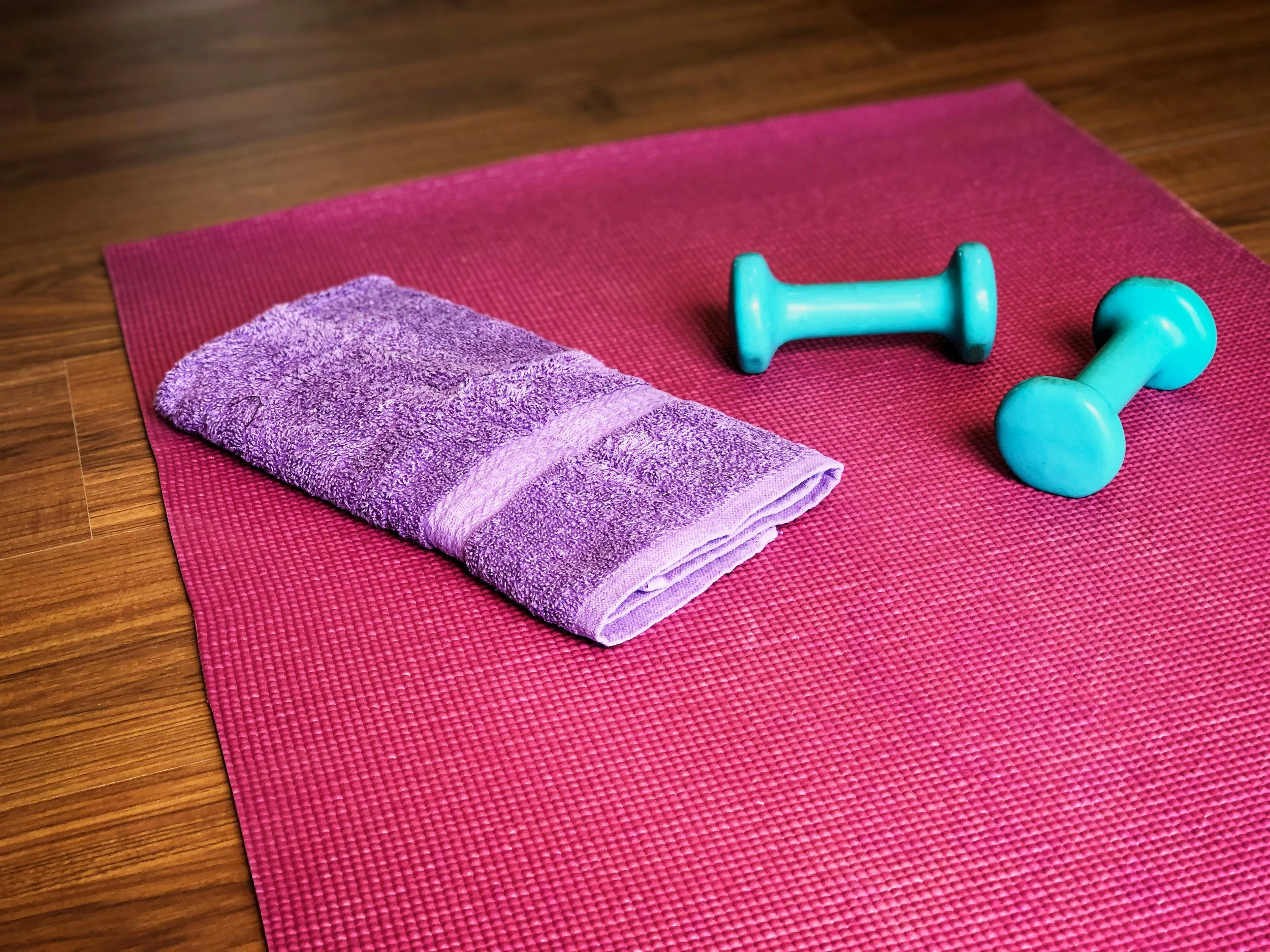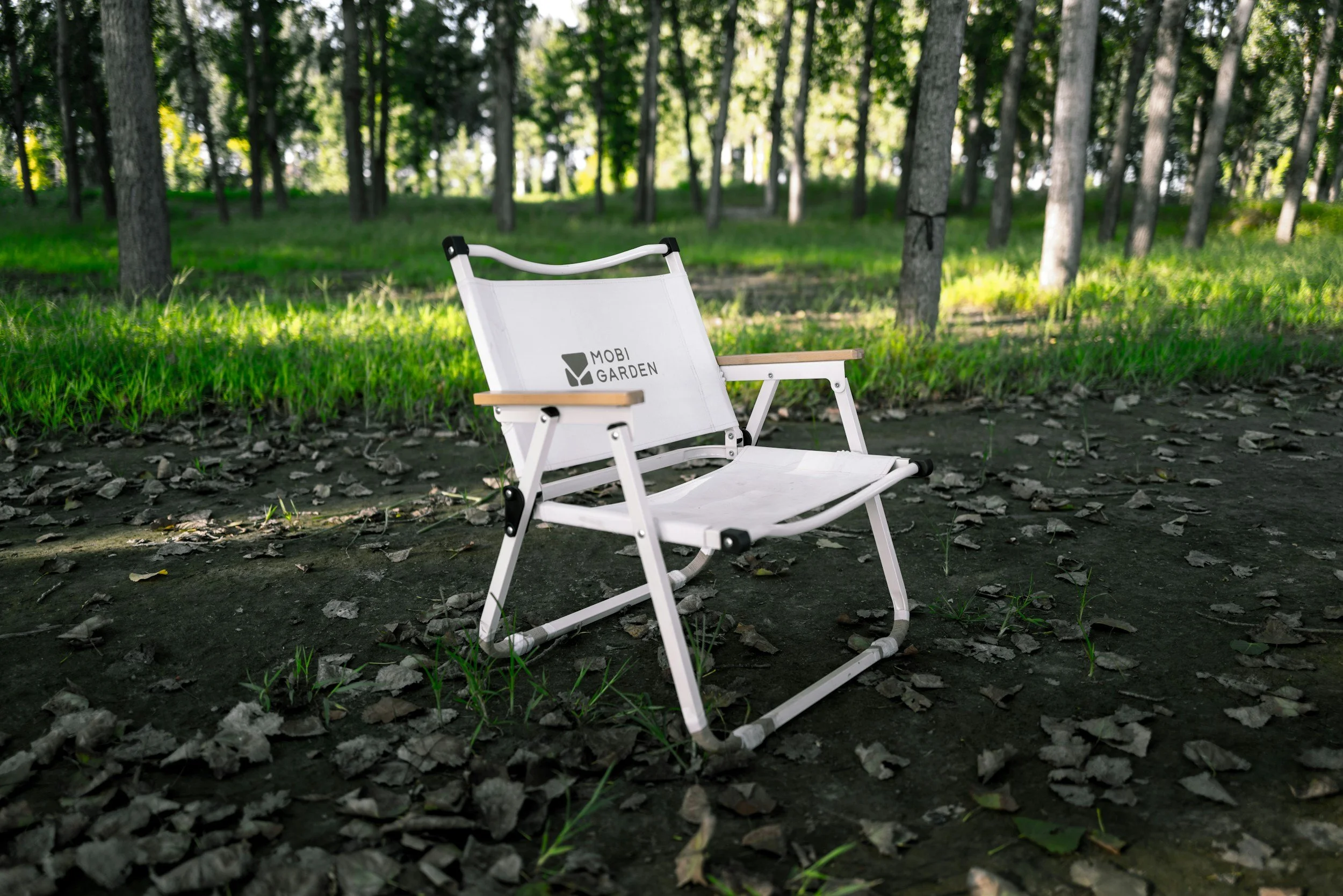What should you wear to flying trapeze?
This is one of the most common questions we get asked, and the answer is a little complicated. The name of the game is comfort, and that’s going to vary from person to person. Some flyers value skin contact with the bar, others avoid it. The more you fly, the more you’ll discover your personal flying uniform. Until then, this is our basic guide to how to dress for your first classes.
Let’s start at the head and work our way down to what’s in your bag on your way to your first class.
Head and Hair
When you get to the rig you’ll go through ground school and get ready to head up for your first swing. Before you do that, make sure that you’re ready by putting long hair up. You’ll want a style that’ll keep your hair out of your face while climbing, swinging, and upside down. This can vary based on the length of your hair, longer hair may still get in your way even in a ponytail.
Claw clips are not allowed, any clips need to be soft or completely flat (for the same reason buns can be uncomfortable). If you land on your claw clip, even in the net, it can seriously injure you, and if it gets caught in the net it can pull your hair or fly off and hurt a coach, fellow student, or spectator.
For hijabs and other headwear must be snug and secure so that it cannot shift, fall, or get caught on the equipment during your swing. We recommend tucking loose ends into your shirt or using a sport-style pin to ensure it stays in place.
Do’s
Don’t
Upper Body
We recommend wearing something tight and form fitting, so your arms and upper back are protected. While the net is soft, landing can be a little rough on exposed skin.
You may also end up going upside down, so a top that doesn’t ride up may be more comfortable (although the safety belt will help with that). We generally consider trapeze to be a medium impact sport. Loose fitting tops can get in the way for certain tricks, but we want you to be comfortable, so please talk to us if you have questions.
We do not recommend hoodies, the hood can get in the way or get stuck, sweatshirts or jackets that can zip securely are totally acceptable.
Lower Body
It’s important to be able to move freely while in the air, but it’s also important to dress for the weather and your personal comfort. A lot of experienced flyers will choose to wear gym shorts, and if that’s your preference, go for it!
We recommend wearing a tight base layer to keep everything comfortable and controlled, whether that’s leggings, shorts, yoga pants, or shorts with built in linings. It is absolutely okay to add a layer on top for comfort and modesty, as long as it doesn’t restrict your movement, we want you to feel comfortable to soar!
For your very first class we recommend making sure the back of your knees are covered. Your first skill will be a knee hang (pictured here) and that may feel rough on bare skin.
Feet
Socks and sandals may not have made it to popularity everywhere, but they definitely have in the flying trapeze world. Our rig is outdoors, so you may want to bring some sandals to slip into between turns, especially when the weather is running on the hot or cold side.
Socks are not required at our rig, but we do recommend them, especially if you want to join the competition for funniest socks of the rig. Again, the net is pretty soft to land in, but the material and texture can be rough on bare feet, so many people prefer to wear socks. Grippy/pilates socks can be preferred sometimes for their extra grip on the platform, but that comes down to individual preference.
Shoes are not allowed on the platform, with the exception of gymnasics shoes specifically designed for vault/trapeze.
Jewelry and Piercings
All jewelry must be removed before flying - including smart watches and other workout monitoring wearables. All rings and watches must be removed for your safety on the ladder and bar. Bracelets (including smart watches) can impede your wrist movement and hurt you or our coaches. Necklaces, earrings, and other loose jewelry can be dangerous in the net.
For piercings, we recommend wearing as flat of pieces as possible if you’re unable to remove the jewelry. All body piercings need to stay covered so they don’t catch on the safety belt or net and get ripped out.
While it’s rare to land with your face in the net, it does happen, so face piercings need to be smooth, without ends that can catch in the net. Best and safest option is to remove, but if you can’t please contact us if you have questions. The rules for jewelry may seem very strict, but jewelry is one of the most common causes of injuries in flying trapeze.
Do’s
Don’t
What to Bring
For your first class, you shouldn’t need to bring too much to the rig, over time your trapeze bag will grow with athletic tape and scissors and grips and other wraps and more. There’s only one essential you must bring and that’s a water bottle. Even when it’s cold out, it’s important to hydrate, trapeze is a demanding sport and you’ll want to drink water throughout.
We don’t have seating at our rig, so it might be a good idea to bring a towel or chair for your comfort between rounds (it’s not often long, but it’s nice to have). For hotter months, we recommend bringing a cooling towel or smaller towel to use between rounds.
Our rig is closed for winter, but for the beginnings and ends of our seasons we recommend bringing a jacket to throw on between rounds, some people will bring hand warmers and blankets, too.
One thing to remember is that flying trapeze is a community based sport, so if you get to the rig and realize you forgot something or don’t know if you can wear something, just ask! You’re surrounded by a group of friendly people who want you to love their sport, so the best option is always going to be to just ask for help, whether it’s a coach or fellow student.
Good luck and have fun flying! Don’t forget the most important part is to just have fun and be comfortable! We can’t wait to see you up there!


